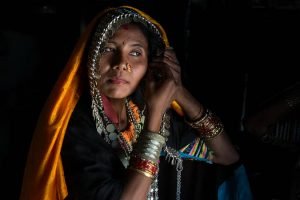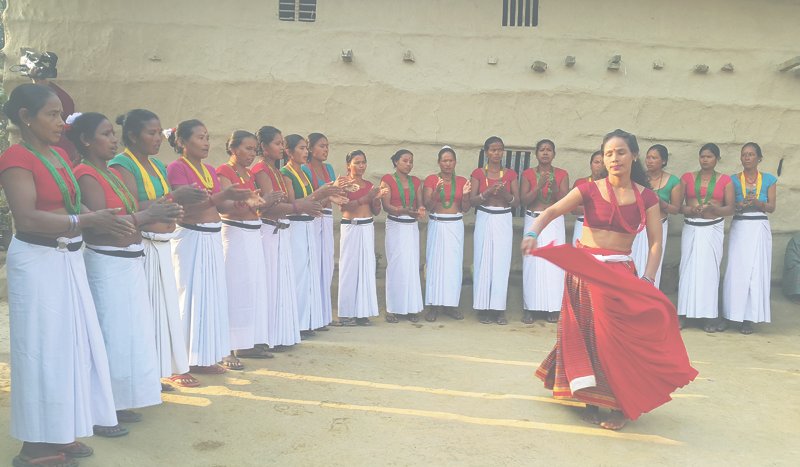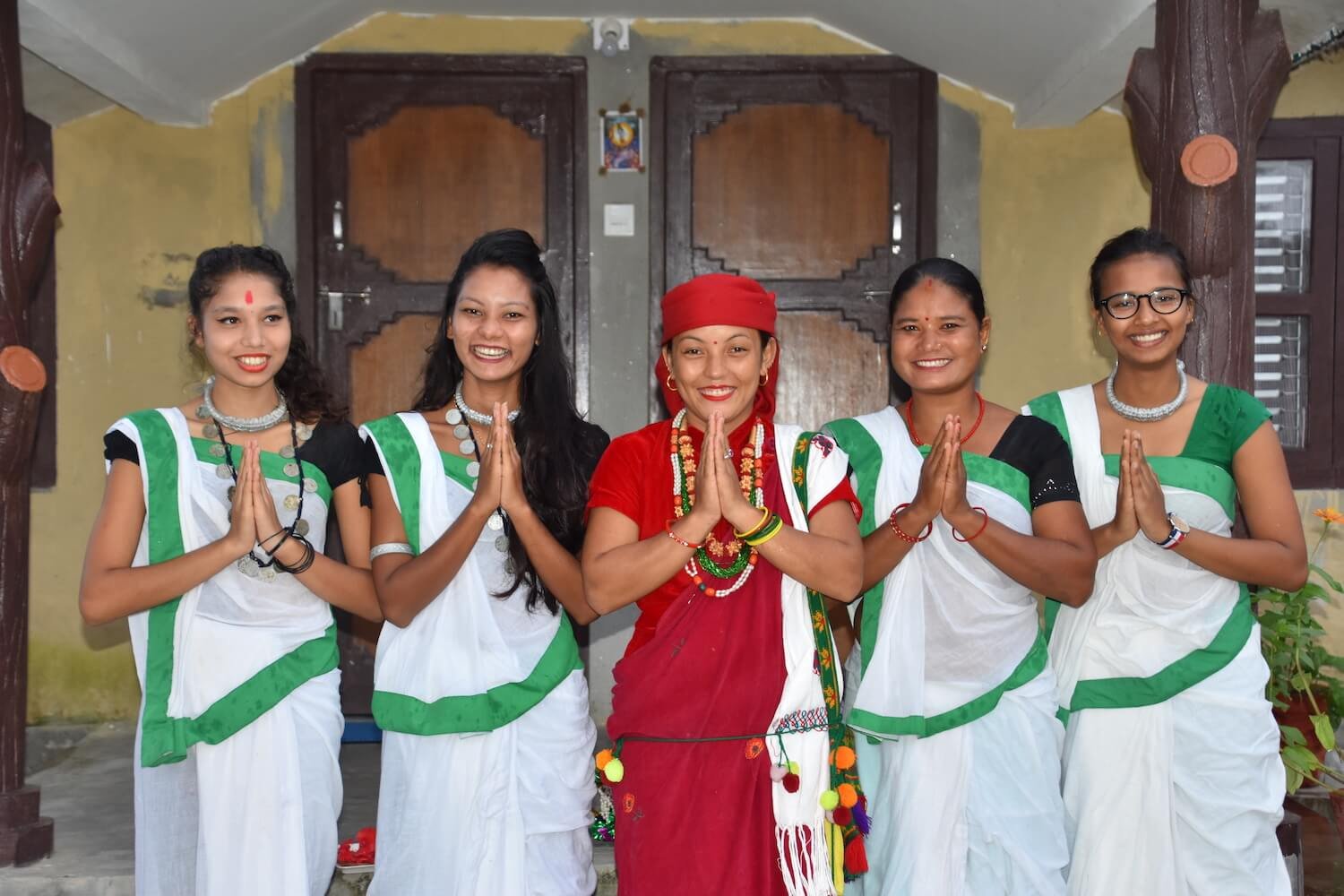History of Rana Tharu
Tharus are the largest group of people who lived in the Terai area, southern Nepal. Historically, they were the only ones that were able to reside in the malarial jungles on the country’s southern border with India. But as mosquito control became available, many others have migrated into their area.Being hunters and fishermen, this migration has affected the Tharu’s lifestyle of roaming with resource availability.
Many are now farmers and they are most exploited peasants, especially in the Dang-Deukhuri, Bardiya, and Kailali areas. The Muluki Ain(national code) of Nepal made by Rana government codified Tharu as “kamiya”(bonded laborers). Tharus have their own language but their customs differ according to the settlement area. In some areas, the Tharu women marry early. Their lovers must often work for their parents-in-law for two to three days before they “earn” theright to marry. Living as they do in the realm of wildlife and insects, Tharus revere animistic spirits as well as some Hindu deities. A village god is worshiped by each community at a small raised shrine.
Some family names of Tharus are: Rana, Kathariya and Chaudhary.
Tharus is one of the earliest inhabitants of Nepal. According to [Nepalese Culture: Annual Journal of NeHCA By Tribhuvana Visvavidyalaya Nepali Itihasa, Samskrti, ra Puratatva Sikshana Samiti, Tribhuvana Visvavidyalaya, pg 33] together with Dhimal, Hayu, Koch, Thami, Chepang and Surel ethnic groups, Tharus also consider themselves to be of Kirati descent.
Origin of Tharus:
There are many controversies about the origin of Tharu. Scholars have not been able to come to definite and clear conclusion regarding the origin of Tharu. Some scholars have to derive their origin through etymologies and some tried to trace their origin through alleged.
Physical feature of Tharu look like they were born out of Mongoloid stock. Rahul Samkrityayan (1957:84-5) and Kamala Samkrityayan have also pointed that the Tharus are a branch of Kirat. Similarly, Prof. Iman Singh Chomjong and Prem Bahadur Limbu said on the basis of the Kirat Genealogy that the Tharus and Donbars are a sub-lineage of the Thangdao (Kirat).
Tharu were originally not Hindus but were worshippers of Mother Nature and mother earth just like other Kirati group. But the influence of Hinduism made them conform to Hindu culture. Some Tharu have Mongoloid appearance and others of Australoid apperance, pointing to that Tharu are hybrid of Kirat and Nishadhas. Nepali historian Shiva Raj Shrestha wrote that Tharu are hybrid of Mongoloid race (Kirat) and Australoid race (Nishadhas). This can be visibly seen in Tharu appearance where most of them are Mongoloid.
Kiratas and Nishadhas were the original inhabitants of Himalayas. Many scholars like Indian historian G.P Singh had already verified that Tharu are descendants of Kirat. Likewise Dor Bahaur Bista,Nepal’s best-known anthropologist, social scientist and activist also revealed that Tharu belongs to Kirat family.
In support Indian historian G.P Singh wrote “the Thadus or Tharus occupying the Tarai region from Nepal and eastern Rohilkhanda along the frontiers of Oudh to Gorakhpur are supposed to be identical with the Kiratas. The great bulk of them are now subjects of Nepal Government.”(The Kiratas in Ancient India, 1990)
Bhikshu Ashokakirti in his work (Origination and Derivation of the Tharu) said he was informed by ex-minister Ashok Rai that a Rai group Kirat, offers the pindas (ritualistic rice-cake) to the Tharu.This shows that Tharus and Kirat have close affinities like brothers since the ancient time at the foothills of the Himalayas. They have been living very close, for a long time since the human civilization started in the Himalayas.







